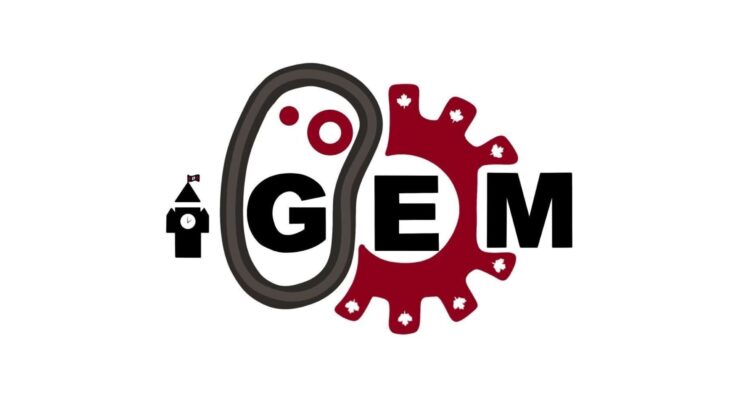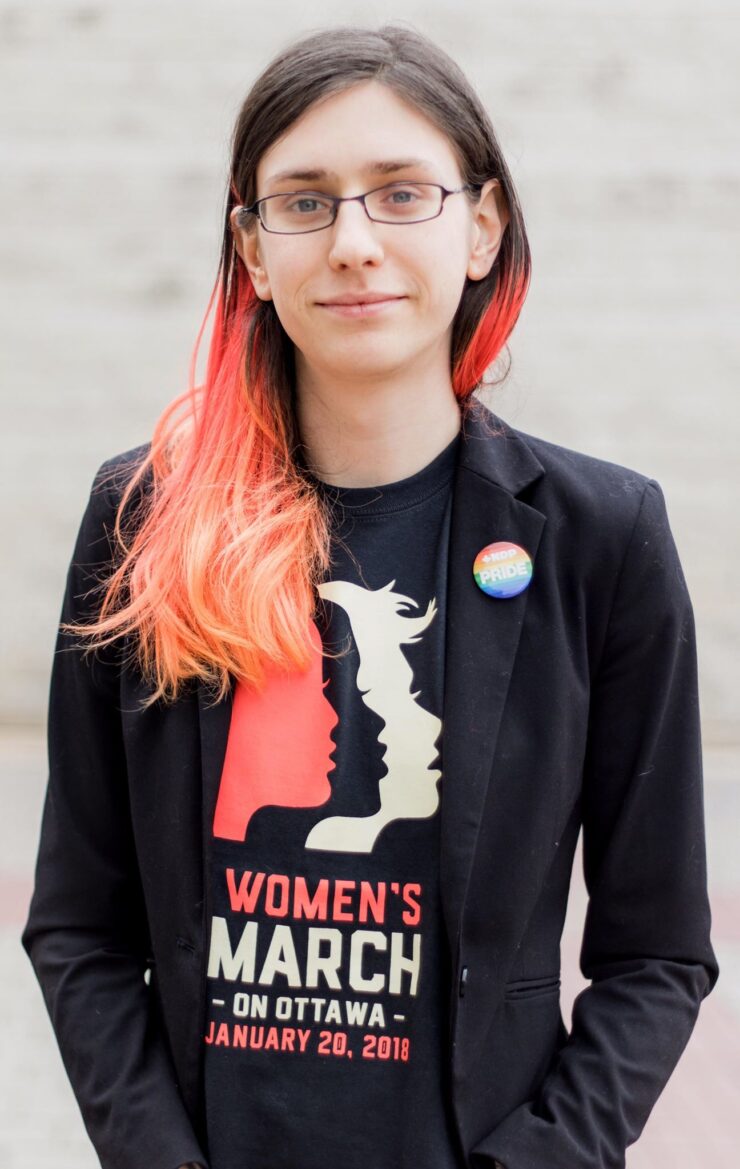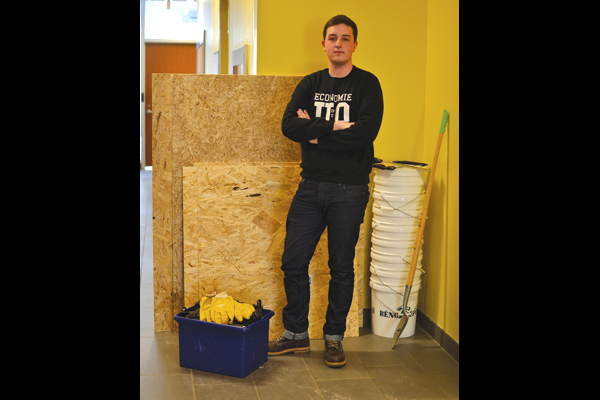Portal designed to assist Aboriginal students with scholarships, admission tips
The University of Ottawa recently launched an online portal that serves as a one-stop shop for resources tailored to the needs of Indigenous students on campus.
The portal was developed by Kiera Brant, a master’s student in education at the U of O, and Tricia McGuire-Adams, a PhD candidate in the School of Human Kinetics, both of whom are Indigenous themselves.
“The goal of the portal was to create an online community for Indigenous students to connect with,” said McGuire-Adams. “The portal is a platform to host relevant and accessible information for Indigenous students … such as bursaries, admissions, and connecting with community.”
According to Brant, the idea for the portal came about in early 2013, around the time that the Idle No More movement began to pick up steam. The Idle No More movement was a grassroots movement against alleged abuses of Indigenous treaty rights by Stephen Harper and the Conservative federal government.
Brant said that she was doing her bachelor’s degree in Aboriginal studies at the U of O during that period, and she and other Indigenous students in the program wanted to start a project that aligned with that movement.
Brant and her colleagues partnered up with the U of O’s Indigenous Student Association and the Indigenous and Canadian Studies Student Association and put forth five requests to the senior administration, “which were all directed towards creating (an) Indigenous presence on campus.”
An online resource centre for Indigenous students was just one of these requests.
“We thought it was only fitting that there was also a space for Indigenous students,” said Brant, who also requested the creation of more scholarships for Indigenous students.
Brant believes that the U of O is “way behind other universities” when it comes to such online platforms for Indigenous students, such as the University of British Columbia, University of Manitoba, University of Western Ontario, and Queen’s University.
“That’s an embarrassment, because you’re telling the Indigenous community that despite what every university thinks, (a resource centre) is not something that is worth our time,” said Brant.
These conversations with the university carried on for several years, until the summer of 2015 when Brant began working as an Aboriginal initiative project coordinator at the U of O. It was in this position that she was able to begin working on the portal, and in 2016 she teamed up with McGuire-Adams to make it a reality.
“(Brant) and I were hired as the Indigenous Portal Planning and Coordination Assistants. We were responsible for the planning, writing, and conducting engagement activities for the portal,” said McGuire-Adams.
Brant believes that the portal is important because it “(shows) Indigenous students that they are a priority, that there is space for them to express their indigeneity and to have a space on campus.”
The resource centre also serves the purpose of assisting with the recruitment and retention of an Indigenous student population at the U of O.
While other institutions are ahead of the U of O in terms of an Indigenous resource centre, Brant and McGuire-Adams did “look at what other universities where doing first” to develop their platform.
“It’s not just (about) being academically successful, but feeling like you’re supported in your culture,” said Brant.
As this online resource centre begins to take off, McGuire-Adams believes that the U of O “will continue to support Indigenous student-led initiatives to support and grow the Indigenous community on campus.”






